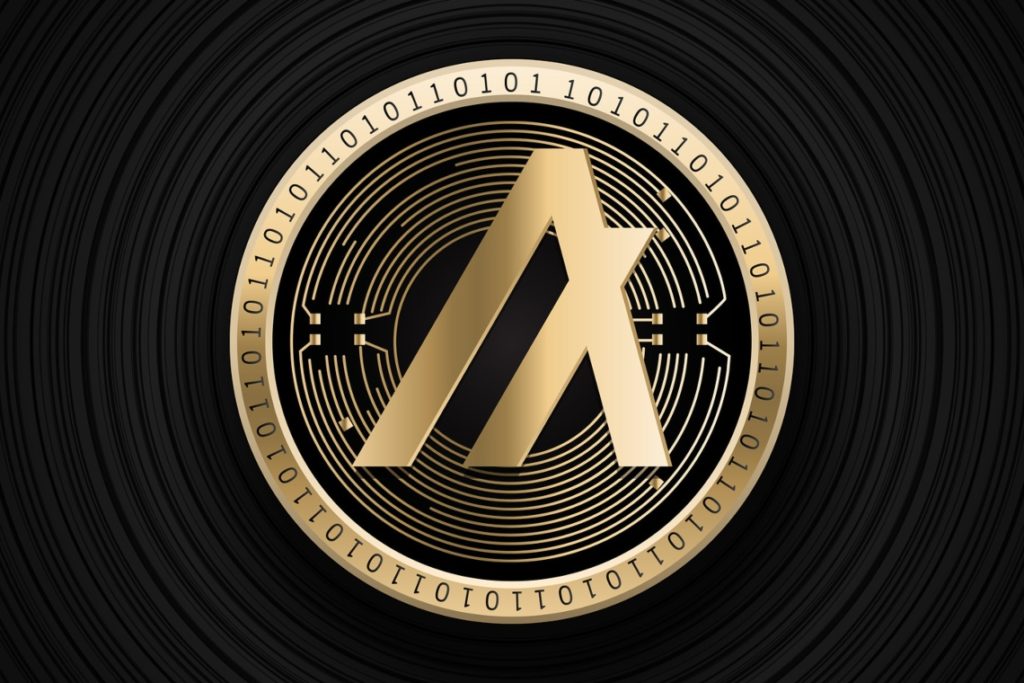Algorand stands as one of the most functional Layer 1 blockchains in the crypto world.
Summary
Analysis of the Layer 1 Algorand and how it compares with leading competitors
Layer 1 blockchains in the amazing world of crypto have a special place and these are all those chains that are very similar to Ethereum.
There are many competitors who would like to claim the title “Ethereum killer,” but to date none has succeeded.
It is a segment full of competitors trying to offer ever-improving speed and efficiency.
Ethereum is the most widely used and emblazoned chain, but even Vitalik Buterin himself knows that it is a slow network and more expensive than others.
Research firm CoinCodex tried to analyze six Layer 1 blockchains including Ethereum, Cardano, Solana, Avalanche, Algorand and Internet Computer to understand their differences and merits.
Algorand placed well, in third place in the special ranking, and one of its strengths was certainly its speed.
Algorand manages to process as many as 20 TPS every 4.5 seconds and has a processing of 1,200 TPS with instantaneous finality that it wants to increase to 3,000 TPS.
In terms of speed the company placed third just behind Avalanche with 4500 TPS in 2.5 seconds and Internet Computer, 11500 TPS per second.
Algorand: PPOS
Algorand is based on Pure Proof-of-Stake; those who propose blocks and those who verify them are selected by the VRF (Verifiable Random Function) algorithm.
In contrast to classical Proof-of-Stake protocols doing so speeds up the computational process and Algorand is in fact more scalable.
Algorand boasts more or less 2,000 nodes on a central server and relies on AWS to scale its network.
On chain, on the other hand, the company uses the InterPlanetary File System (IPFS) as its data storage.
The same problem of Avalanche and Cardano occurs with Algorand, which is forced to manage its own keys leading to problems with wallets.
In the overall ranking, as mentioned above, Algorand ranks third tied with Avalanche.
One of Algorand’s strengths is the certification of its components so as to attract institutional investors, which is taken care of specifically by researcher Silvio Micali.
Investors Observer gives the crypto company a fairly low volatility rating (32) among the 30% of crypto assets that are less volatile.
ALGO is considered low volatility, as a result of risk and return analysis that revealed low fluctuations and difficult to attack by speculation.
The trend of the ALGO crypto
Algorand (ALGO) starts to slow its growth on Thursday but analysts say it is only a momentary setback.
In November 2021, ALGO’s price touched its All Time High (ATH) of $2,990.
From the day of the peak two years ago to today, the token has been on an inexorably downward parabola.
Once it touched $0.16, Algorand began to climb back up.
The value falls but if the resistance at 0.410 is breached, the token will go on to test the next resistance at $0.170.
Token value fell from a negative parabola and then validated it as resistance.
The loss in value had been somewhat predictable from the bearish difference in the RSI.
If we were to rely on probability calculations the bearish movement is given 3 to 1.
At that point, the resistances set as targets would be those at 0.5-0.618 Fib.
Basically, most analysts believe that Algorand this month-end will continue its descent right towards the above areas.
If the token succeeds in making the ascending support line its own in the short term then the correction may have ended and ALGO could target $0.410.




